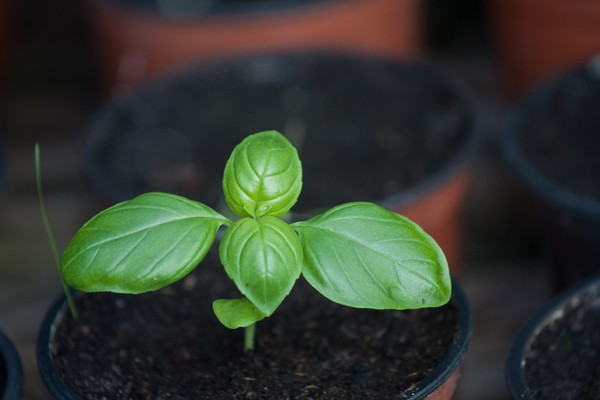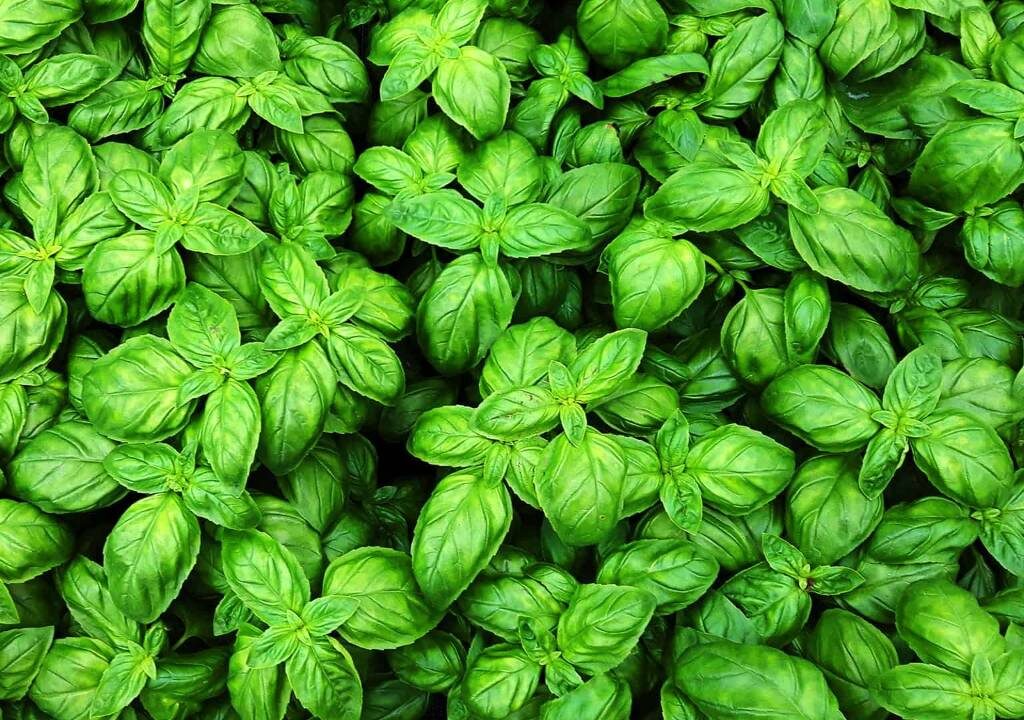Fresh basil is a staple in countless kitchens, loved for its aromatic, peppery leaves that elevate dishes like pesto, caprese salad, pasta, and more. Whether you’re growing basil indoors on a sunny windowsill or outdoors in your herb garden, knowing how to cut a basil plant properly makes all the difference in keeping it healthy and ensuring a steady harvest of fresh, flavorful leaves.
In this comprehensive guide, we’ll cover everything you need to know about cutting, harvesting, and caring for basil to encourage lush, continuous growth — while ensuring the best taste and aroma from your plant.

Why Cutting Basil Correctly Matters
Cutting or harvesting basil isn’t just about snipping off a few leaves for tonight’s dinner — it’s an important maintenance step that affects the plant’s health, appearance, and productivity.
Benefits of proper cutting:
- Encourages bushier, fuller growth.
- Prevents the plant from becoming tall, leggy, and woody.
- Delays flowering, which can cause leaves to turn bitter.
- Increases the yield of tender, aromatic leaves.
- Keeps the plant producing throughout the growing season.
When to Start Cutting Basil
The best time to start cutting basil is when the plant has developed 6–8 healthy leaves on each stem — typically about 6–8 inches tall. This ensures the plant is strong enough to handle pruning and will bounce back with even more vigorous growth.
Seasonal timing:
- Start harvesting basil leaves in late spring or early summer.
- Continue cutting regularly until early fall or before the first frost in colder climates.
Tip: Harvest in the morning after the dew has dried but before the sun gets too intense — this is when the oils in the leaves are most concentrated, giving you the freshest flavor.
Tools You’ll Need
You don’t need fancy tools to cut basil, but having clean, sharp instruments will prevent plant damage and reduce the risk of disease.
Basic tools:
- Sharp scissors or garden shears.
- Clean hands (if pinching by hand).
- A small bowl or basket for collecting leaves.
Important: Always sterilize your scissors or shears with rubbing alcohol or warm, soapy water before use to avoid transmitting plant diseases.

How to Cut a Basil Plant: Step-by-Step
Cutting basil the right way involves removing growth at strategic points on the plant to stimulate new branches and leaves.
Step 1: Identify the Cutting Point
Look for a pair of leaves with a tiny set of new leaves (called leaf nodes) growing where the leaves meet the stem. This is your ideal cutting point.
Key tip:
Always cut or pinch just above a leaf node — this is where the plant will split and grow two new branches, creating a bushier shape.
Step 2: Make a Clean Cut
Using clean scissors or your fingers, snip the stem ¼ inch above the leaf node. Avoid leaving a long stem stub, as it can dry out and invite disease.
Step 3: Remove Flower Buds
If you notice tiny white or purple flower buds forming at the top of the stems, pinch them off immediately. Flowering signals the end of the plant’s life cycle and causes the leaves to become bitter and less flavorful.
Tip: Regularly removing flower buds prolongs the plant’s productivity.
Step 4: Harvest Leaves Sparingly
When you need a few fresh leaves for cooking:
- Always take the larger, mature leaves from the top of the plant.
- Avoid removing more than one-third of the plant at a time, as over-harvesting can stress the plant and stunt its growth.

How Often Should You Cut Basil?
For the healthiest, most productive basil plants:
- Lightly harvest or prune every 1–2 weeks.
- More frequent trimming is fine for vigorous plants, especially during peak growing months.
Bonus tip: The more you cut basil (without overdoing it), the more it will grow. Think of cutting as a friendly reminder to the plant to branch out and multiply.
Harvesting Tips for Maximum Flavor
Basil leaves contain essential oils that give them their signature aroma and taste. Timing and technique affect how much flavor you get from your harvest.
Flavor-Boosting Tips:
- Harvest in the morning when leaves are most aromatic.
- Avoid harvesting after heavy rainfall or watering — this can dilute flavor.
- Use leaves immediately for the best taste or store properly (more on that below).

Storing Fresh Basil
If you have more basil than you can use right away, here’s how to keep it fresh and flavorful.
Storing Methods:
On the counter:
- Place freshly cut basil stems in a glass of water.
- Cover loosely with a plastic bag.
- Store at room temperature for up to 5 days (change water daily).
In the fridge:
- Wrap leaves loosely in a paper towel.
- Place in a perforated plastic bag.
- Store in the refrigerator’s crisper drawer for 3–4 days.
Freezing:
- Blanch leaves in boiling water for 5 seconds.
- Immediately transfer to ice water.
- Pat dry, chop, and freeze in ice cube trays with a little water or olive oil.
Drying:
- Tie small bunches of basil and hang upside down in a dry, well-ventilated place.
- Once completely dry, crumble leaves and store in an airtight container.
Note: Dried basil loses much of its signature flavor, so freezing is usually preferred for long-term storage.
Troubleshooting Common Basil Problems
Even with careful harvesting, basil plants can run into a few common issues. Here’s how to spot and fix them:
| Problem | Cause | Solution |
|---|---|---|
| Leaves turning yellow | Overwatering, poor drainage | Water less, improve soil drain |
| Leggy, sparse growth | Not enough pruning or sunlight | Cut back stems, move to sun |
| Bitter-tasting leaves | Flowering or old leaves | Pinch off flowers, harvest young leaves |
| Wilted leaves | Underwatering or root rot | Adjust watering, check roots |
Bonus: Basil Varieties You Can Grow
While sweet basil is the most popular, there are many flavorful varieties worth growing:
- Genovese Basil: Classic Italian flavor, perfect for pesto.
- Thai Basil: Spicy, licorice-like notes for Asian dishes.
- Purple Basil: Striking color and slightly spicier taste.
- Lemon Basil: Citrusy, bright flavor ideal for teas and seafood.
- Cinnamon Basil: Sweet, spicy scent for desserts and beverages.
Each variety benefits from the same cutting techniques to stay productive and bushy.
Final Thoughts
Cutting your basil plant the right way isn’t just good for the plant — it’s the secret to a continuous harvest of vibrant, flavorful leaves. By following these simple steps and cutting regularly, you’ll encourage your basil to grow fuller, stronger, and produce more of those delicious, aromatic leaves that make your meals sing.
So grab your scissors, head to your herb garden or windowsill, and start harvesting like a pro. Your basil plant (and your taste buds) will thank you.





Leave A Comment